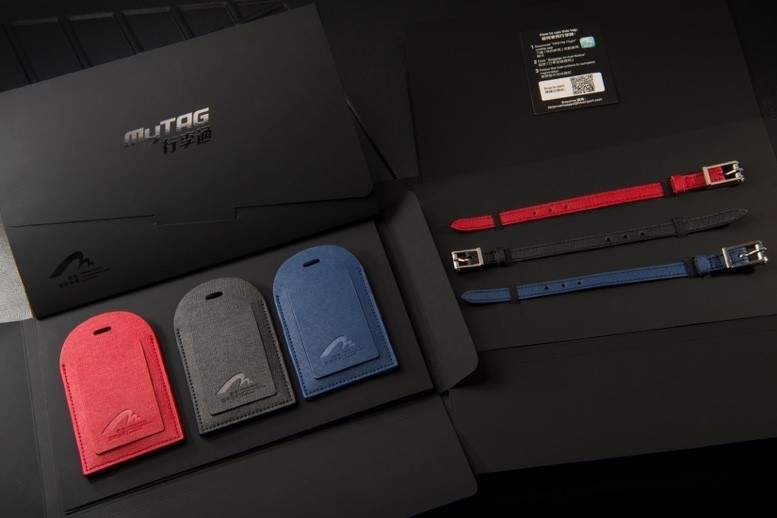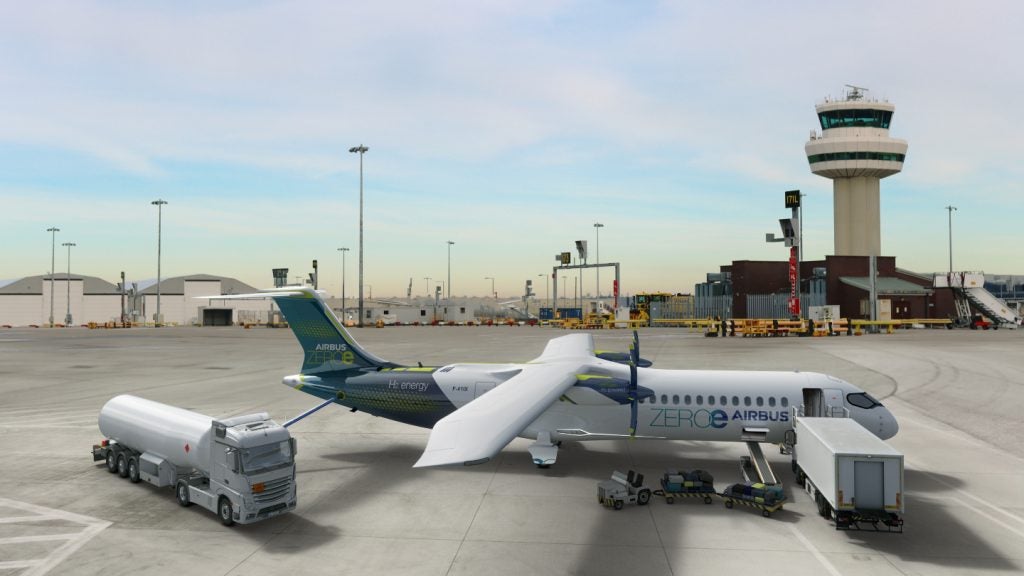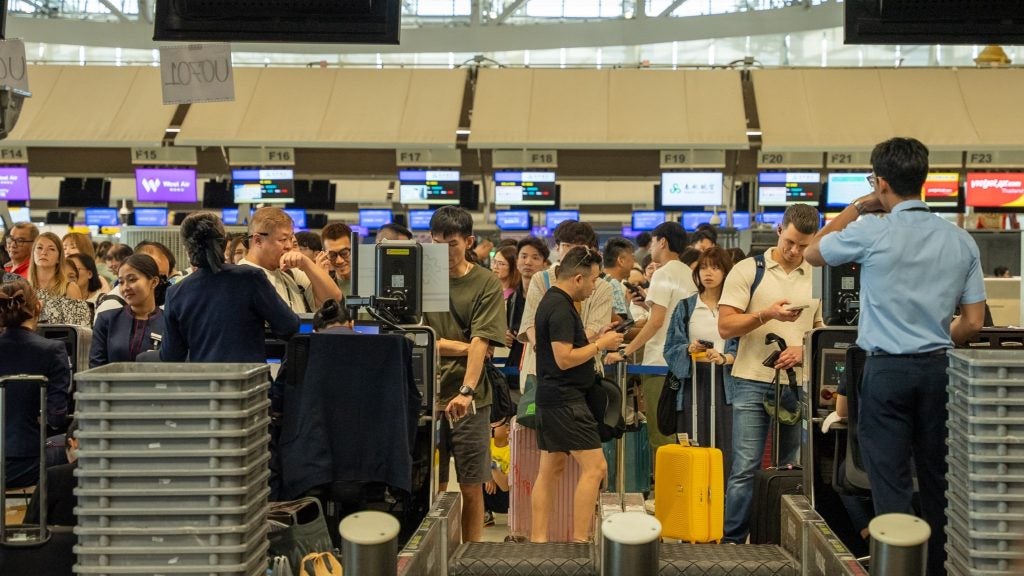
Between now and 2036, the International Air Transport Association (IATA) estimates that the number of air passengers will rise from 4 billion to almost 8 billion. Airports are already processing more than 4.5 billion bags each year and with these numbers set to double, a recent whitepaper – Intelligent Tracking: A Baggage Management Revolution – by airport IT specialist SITA has hailed the potential of artificial intelligence (AI) to revolutionise airports’ baggage handling systems.
The fully-automated future of baggage handling
Harnessing the potential of AI is considered a feasible future development once IATA’s Resolution 753 comes into effect in June. At this point, member airlines, which make up 83% of worldwide air traffic, will be tracking and sharing information for every piece of luggage.
Many airlines have already improved their baggage handling performance through working towards compliance with Resolution 753. Alitalia recorded a 13% improvement in baggage reclaim times at Rome Fiumicino Airport and became the first airline to be certified by IATA in November last year. SITA confirms that Russian airline Aeroflot now provides a real-time location for all the baggage in its system.
“AI plays an important role in driving the future standard of baggage handling,” says Chris Au Young, general manager of Smart Airport at Airport Authority Hong Kong. “Powered by AI and robotics technology, baggage handling will be fully automated from the moment a passenger checks in their bag to when it arrives at the destination.”
A data-dependent solution
While airports and stakeholders hope that AI will be the answer to handling 9 billion bags a year in the future, it will not be able to perform effectively if the gathered data isn’t rich enough.
“Any AI platform will rely heavily on good quality baggage data,” says Peter Drummond, head of baggage at SITA. “It is vital that airports and airlines have the right information of each and every bag and where it is on its journey. It is also important that this data is shared with all the stakeholders.”
How well do you really know your competitors?
Access the most comprehensive Company Profiles on the market, powered by GlobalData. Save hours of research. Gain competitive edge.

Thank you!
Your download email will arrive shortly
Not ready to buy yet? Download a free sample
We are confident about the unique quality of our Company Profiles. However, we want you to make the most beneficial decision for your business, so we offer a free sample that you can download by submitting the below form
By GlobalDataAs a result of the bag track data generated under IATA Resolution 753, Drummond says that the air transport industry will be provided with a rich stream of data. “This can be enhanced with AI tools to create greater efficiencies in baggage operations, and ultimately, improve our experience as passengers,” he explains.
Dr Simon Tomlinson, data science business engagement manager at Lancaster University, believes that a substantial amount of domain expertise will be required from air transport professionals to ensure that the appropriate data is collected, and that permission is granted for it to be analysed and optimised.
The data challenges behind AI success
How this information is shared between stakeholders is another important area for consideration for AI success in baggage handling airport operations.
“The key to successful implementation of AI tools is the appropriate use of appropriate information,” explains Tomlinson. “To enable the successful operation of an AI-driven baggage handling system, information will need to be shared between airlines, airports, service companies and the authorities.”
He says that as “differing levels of trust will be present between the parties involved”, the challenge for the implementation of an AI system into this environment is “to enable its operation whilst respecting the constraints on the sharing of information required by the various agencies”.
To achieve success in this specific area, he believes that system designers must ensure that the involved parties have “a clear understanding of what data they will be expected to release, with whom it may be shared and be given a clear picture of the inferences that may be drawn from any data processed”.
Transfer: can AI improve the weakest link?
SITA’s report confirms that 60% of airlines believe that they will be able to track bags across more than 75% of their networks by June 2018. Yet while end-to-end baggage tracking is complex at every stage, nine out of 10 airlines say the biggest challenge is during transfer.
SITA’s 2018 Baggage Report reveals that out of the 5.57 bags that are mishandled per 1,000 people, 47% of them are likely to be mishandled during transfer for one airline to another. Drummond explains that part of the problem today is that baggage is not tracked during transfer or arrival, an issue that will be specifically addressed under Resolution 753.
“Each bag will be tracked at check-in, loading onto the aircraft, transfer and arrival,” he says. “Tracking bags at each of these four points and sharing this data across all stakeholders will allow airports and airlines to identify where each bag is on its journey. It will also help identify bags likely to be mishandled and intervene to ensure they are on the right flight.”
Drummond explains that AI will use the data to introduce intelligent baggage management. “For instance, it will be able to identify bags on a short transfer and prioritise those bags,” he explains. “Or where a bag has missed a connection, identify the next flight and allocate the baggage appropriately without human intervention.”
He adds: “From an operations point of view, it will also help identify which baggage routes cause the most stress on their systems and what factors are most likely to cause them.”
AI for supporting baggage services
AI can also improve other supporting baggage services, such as trolley operations, to streamline the entire baggage handling system.
“Since 2016 we’ve had the first baggage trolley monitoring system using AI-powered video analytics to track the availability of the trolleys at the baggage reclaim hall via CCTV cameras,” says Young, adding that it has reduced the occurrence of trolley outage by 93%. “We also successfully conducted trials to use an AI-powered robotic arm to replace the manual labour to attach the RFID label on transfer baggage before feeding into our baggage system for sortation,” he explains.
Hong Kong International Airport handles over 1,100 flights daily and welcomed around 73 million passengers in 2017. It has been using RFID to optimise its baggage handling systems for the last 15 years and launched a new smart luggage tag, ‘MyTAG’, last November. “After pairing with our mobile app, passengers will receive notification when their checked bags are approaching arrival at the baggage reclaim carousel,” says Young, adding that it prevents overcrowding.
A new standard for “a better RFID world”?
While AI will generate intelligent baggage handling systems in the future, Young says that the fundamental issue in baggage tracking still lies with the 40-year-old barcode technology.
“Constrained by line-of-sight, barcode systems can never fulfil the ever-expanding industry needs in terms of volume, speedy delivery and real-time tracking of bags throughout the journey,” says Young, who adds that automated tracking under Resolution 753 is easy with RFID bag tags.
However, the challenge of moving the airport industry to the “better RFID world” remains, mainly because of the backward compatibility at other airports, which means “an airport has to double its investment in both RFID and barcode”.
“We call for [an] industry standard setter to mandate the adoption of RFID technology in baggage handling for all airports by a designated year in order to effectively transform the industry to a new standard,” says Young.
Going forward, Tomlinson says that a successful AI outcome for airports, passengers and stakeholders depends on airports focusing on their objectives and data-sharing framework.
“I would suggest that best practice would be represented by a flexible approach that minimises risk whilst working incrementally towards the realisation of AI-driven advantages,” says Young. “Prior to the implementation of AI-driven baggage handling systems, careful consideration must be given to the building of accurate models and their thorough validation.”







